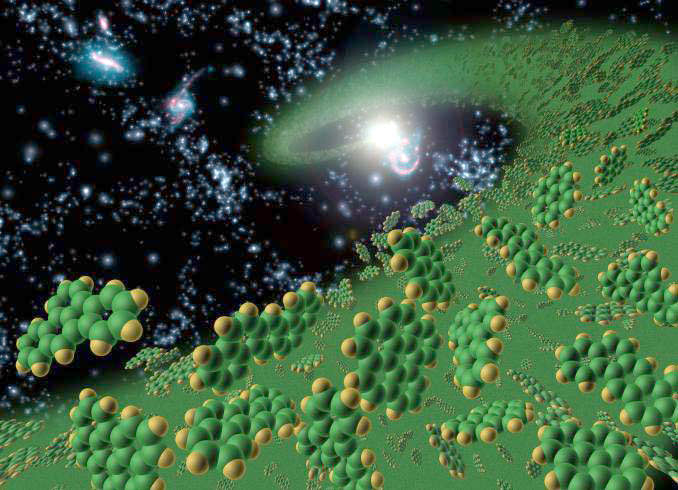I’m often asked by students in my community education astronomy classes whether any new elements have been found in outer space unknown on Earth. The answer to the question is no – nature uses the same 98 natural elements to fashion everything from the familiar stars and planets to those in the farthest galaxies we can see. Outside of an occasional compound or mineral, Earth is the place where you’ll find more exotic elements than anywhere else in the universe.
An element is a pure substance made of just one type of atom. What sets one element apart from another is the number of protons in the nuclei of its atoms. Any atom with six protons will always be carbon, 79 protons gold, 94 protons plutonium and 1 proton hydrogen. The proton number is also the element’s atomic number on the periodic table of elements. Elements in the table are arranged according to their atomic number.
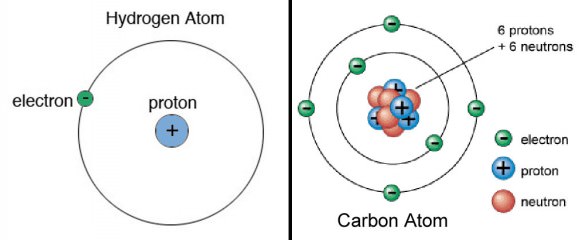
The two most common elements are hydrogen and helium, numbers 1 and 2 in the periodic table; together they make up 98% of all the visible matter in the universe. The remaining 2% includes everything else from lightweight lithium (number 3) all the way up to californium (98), the heaviest natural element found on Earth and in the stars. Californium is unstable and “decays” into simpler elements. Although scientists make it in the lab by bombarding berkelium (97) with neutrons, trace amounts of this very rare element are found naturally in rich uranium deposits.
When I was in high school studying chemistry, the periodic table of elements ended at Lawrencium (103). At present there are 118 elements, the most recent one created in the lab being ununoctium (you-nah-NOC-tee-um). Matter of fact, all the elements beyond 98 are artificial, brought to life in nuclear reactors or in particle accelerator experiments. They live very short lives. With so many positively-charged protons pushing against one another in their nuclei, these elements quickly break apart into simpler ones in a process called radioactive decay.
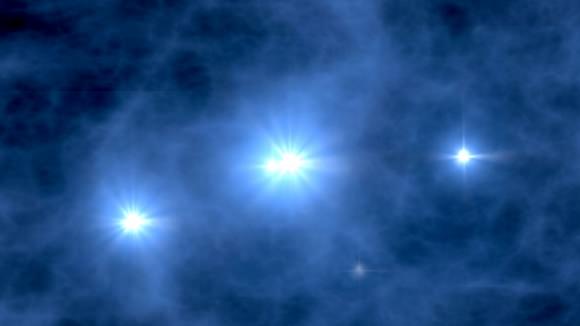
Back at the time of the Big Bang, when the universe sprang into existence, only the simplest elements – hydrogen, helium and trace amounts of lithium – were cooked up. You can’t build a planet from such fluffy stuff. It took the first generation of stars, which formed from these basic building blocks, to synthesize more complicated elements like carbon, oxygen, sulfur and the like via nuclear fusion in their cores.
When the stars exploded as supernovae, not only were these brand new elements blasted into space, but the enormous heat and pressure during the blast built even heavier elements like gold, copper, mercury and lead. All became incorporated in a second generation of stars. And a third.
The 2% of star-made elements, which include carbon, oxygen, nitrogen and silicon among others, went to build the planets and later became essential for life. We’re made of highly processed material you and I. The atoms of our beings have been in and out of the cores of several generations of stars. Think about this good and hard and you might just get in touch with your own “inner star”.
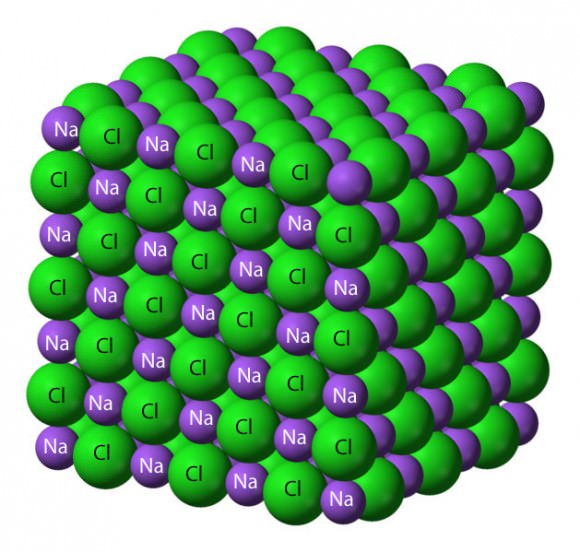
Let’s reframe the question about exotic materials in space not present on Earth. Instead of elements, if we look at compounds, we hit paydirt. A compound is also a pure substance but consists of two or more chemical elements joined together. Familiar compounds include water (two hydrogens joined to one oxygen) and salt (one sodium and one chlorine).
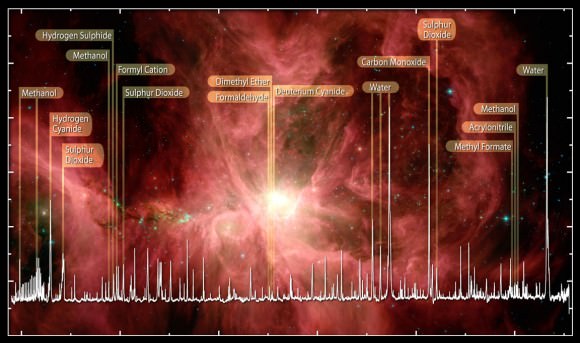
Astronomers have found about 220 compounds or molecules in outer space many of them with siblings on Earth but some alien. We don’t have to look far to find them since a few have been delivered right to our doorstep as rocky packages called meteorites. Here’s a short list of new minerals that formed within asteroids (where meteorites originate) under conditions very different from those found on Earth:
* Barringerite – a metallic compound made of iron, nickel and phosphorus
* Oldhamite – brown mineral made of calcium, magnesium and sulfur
* Kosmochlor – green mineral containing calcium, chromium, silicon and oxygen
How about new stuff on planets and comets? Astronomers have discovered compounds in the atmospheres of the giant planets Jupiter, Saturn, Uranus and Neptune like silane (silicon-hydrogen), arsine (arsenic-hydrogen) and phosphine (phosphorus-hydrogen) that don’t exist naturally on Earth. Humans have created all three in the lab and put them to good use in various industries including the manufacture of semi-conductors.

And then there’s Brownleeite, a manganese silicide found in 2003 in a dust particle shed by comet 26P/Grigg-Skjellerup. Moving beyond the solar system, astronomers see unusual long-chained carbon molecules in space that couldn’t form on Earth because oxygen would tear them apart. Space is their safe haven.
So, Earth is the location in the Universe where you’ll find more exotic elements than anywhere else. Thanks to human activity and the complicated molecules that wound together to form life, Earth’s the most exotic place in the universe.

